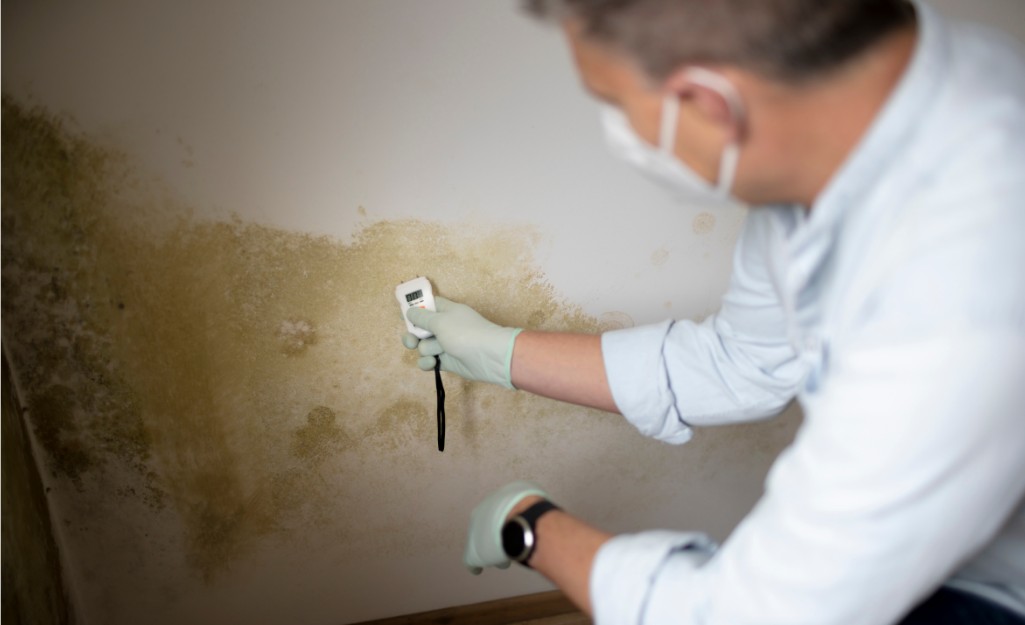Exactly How to Help Prevent Water Damage in Your Bathroom
Exactly How to Help Prevent Water Damage in Your Bathroom
Blog Article
Just how do you feel when it comes to Looking for Signs of Water Damage in the Bathroom?

The washroom is extremely vulnerable for moist build-up and also possible water damages due to the regular use of water in it. This post supplies straightforward evaluation techniques to assist finding water damages threats.
The frequent use water in the restroom makes it incredibly prone for wet accumulation and prospective water damage. By checking it regularly, you can reduce water related damages.
The complying with collection of examinations is very easy to execute and also need to be done once in every three months in order to keep your restroom in good shape and to avoid prospective water damages triggered by the bath tub, the shower, pipe joints and also plumbing, sinks, cabinets, as well as the toilet
Do not overlook executing these inspections as well as be thorough while performing them. Bear in mind that these straightforward inspections can save you a lot of money by offering early indications for water damage
Bathtub and Shower
The shower and also bath tub call for special attention and upkeep. Check the ceramic tiles and also replace if split. See to it that there is no missing grout in between the floor tiles. Examine as well as replace split caulking at joints where the walls fulfill the floor or the tub. Obstructed drains as well as pipelines troubles will avoid the tub from drying out and may indicate serious troubles underneath the tub. Speak with a specialist promptly to avoid structural damage. Take notice of stainings or soft areas around the bathtub walls as they might suggest an internal leakage.
Plumbing
Signs for water damages are difficult to detect given that a lot of pipes are mounted inside the walls.
Pay special focus to flooring and also walls moisture and also stains as they might indicate an invisible plumbing trouble. Check dampness degrees in adjacent rooms also.
Sinks and Cabinets
Sinks as well as closets are exposed to dampness and moisture day-to-day and are usually overlooked. Check routinely under the sink as well as on the kitchen counter over it. Repair any drip in the trap as it might suggest drainpipe problems. Check out the sink, slow draining pipelines may show an obstructed drainpipe. Replace sink seals if they are cracked or loose.
The Commode
The toilet is a susceptible water junction. Inspect the water lines and also search for leakages around the toilet seat, in the pipe, and under the water container. If you discover any indicators of moisture on the flooring around the toilet, look for leaks in the toilet rim and also tank seals.
Know that hanging commode bowl antiperspirants increases the possibilities for obstructions.
Water Damage Signs In The Bathroom To Avoid Cleanup
Musty smell
This is one of the easiest signs to catch because musty smells are so odorous. The damp, earthy, moldy smell should be a big red flag. The smell will develop when moisture gets trapped in surfaces, and begins to facilitate mold growth. Leaking pipes under cabinets, inside walls, and behind shower fixtures will cause moisture to stay trapped and not dry, which will lead to mold growth and spread. As soon as you notice any musty smells in your bathroom, have it checked for hidden water damage and cleanup signs.
Visible mold
If the smell isn’t there to give it away, sometimes you will actually see mold growth. Finding mold in your bathroom is a serious problem, because mold is very harmful to your health. By the time mold growth is visible, it also means that water damage has already occurred and been present for some time. The only way the mold problem can be resolved is to find the source of the moisture and get it stopped. To safely and adequately remove mold, you need to have professionals handle the remediation. Do not waste any time in getting mold problems addressed, fixed, and sanitized so that you can protect you and your family from the many respiratory symptoms caused by mold exposure.
Damaged floors
Bathroom floors should be able to withstand some exposure to water while still remaining in good condition. However, when excess exposure or water leaks occur, they will begin to damage even the most water-resistant flooring. If you notice any cracking, bubbling, staining, or warping on your bathroom floors, there is probably a water leak somewhere causing the distortion. If you notice areas of the floor have become softer, or even have a spongy feeling, there is probably damage to the subfloor. Subflooring is typically made up of plywood. When plywood is exposed to water or moisture, it will absorb it. Once it has become saturated, the weight of the excess water will cause the wood to swell and soften. Check the floors in your bathroom frequently to catch any of these sings before they lead to damaged subflooring.
Changes on walls
When water leaks behind walls, it will cause changes in the drywall. Peeling plaster, blistering paint, and soggy wallpaper are all good indicators that excess water is building up behind the wall. Water leaking behind drywall will cause it to swell and be soft to the tough. If you start to notice gaps along the trim of your walls, or where tile meets the wall, it could also be a strong indicator that there is a leak behind the wall. Any changes, distortion, or damage on the walls should be evaluated as soon as you notice it to prevent further water damage and cleanup.

As a passionate reader about How to Fix a Water Damage Bathroom, I was thinking sharing that portion was a good idea. Sharing is nice. Helping others is fun. Thanks for your time. Kindly visit our website back soon.
Click On This Link Report this page